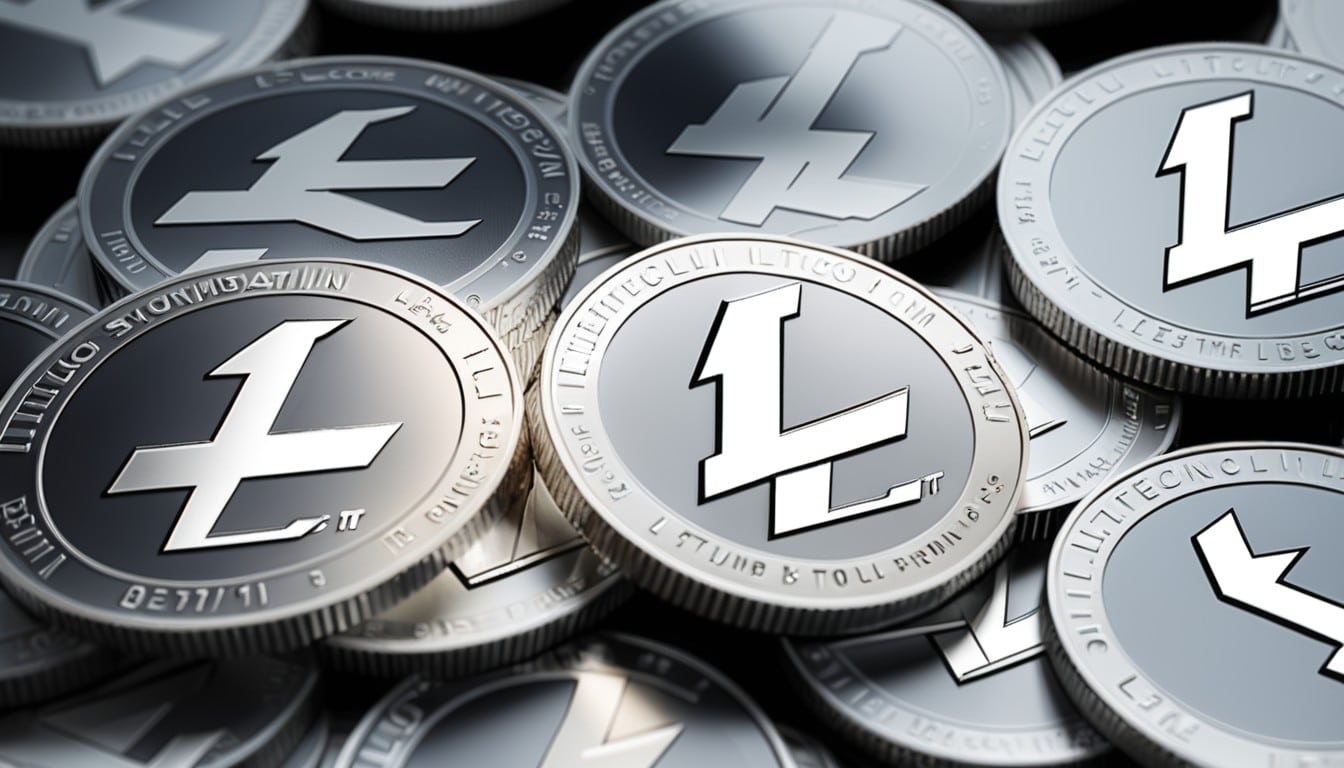Table of Contents
Established in 2011 by Charlie Lee, the Litecoin blockchain is a decentralized peer-to-peer cryptocurrency complementing Bitcoin. Utilizing the Scrypt hashing algorithm, Litecoin boasts faster block generation and an increased coin supply. Web3, emblematic of internet evolution, emphasizes decentralization and user empowerment for a more inclusive digital realm. Departing from predecessors, Web3 prioritizes decentralized structures, user data ownership, and blockchain integration for transparent interactions. Integrating Web3 with Litecoin aims to enhance functionality through decentralized technologies, paving the way for decentralized applications (DApps). In addition, if you are looking for a website that helps people learn about investments by connecting them with investment education companies that can help them receive the right information, you may visit Bitcoin Billionaire.
Understanding Web3
Definition and Core Principles of Web3
Web3 is characterized by its commitment to decentralization, interoperability, and user sovereignty. Unlike previous iterations, it envisions a digital landscape where users have greater control over their data and transactions, reducing dependence on centralized authorities.
Evolution from Web1 to Web2 and the Need for Decentralization
The transition from Web1 (static web) to Web2 (interactive web) introduced centralized platforms and services. Recognizing the pitfalls of centralization, Web3 emerged to address issues of data ownership, privacy breaches, and single points of failure.
Key Components of Web3 Technologies
Web3 encompasses a suite of technologies, including blockchain, smart contracts, and decentralized storage. These components work synergistically to create a more secure, transparent, and efficient digital environment.
Litecoin Blockchain: Foundation and Features
Overview of Litecoin’s Blockchain Architecture
Litecoin employs a blockchain architecture similar to Bitcoin, utilizing a distributed ledger to record transactions. Its distinguishing feature lies in the Scrypt algorithm, which promotes faster block generation and transaction confirmation.
Notable Features that Distinguish Litecoin from Other Cryptocurrencies
Litecoin’s features, such as quicker block generation and a larger coin supply, position it as a reliable medium of exchange. These characteristics make it suitable for everyday transactions, complementing the store-of-value function associated with Bitcoin.
Existing Challenges and Limitations in the Litecoin Ecosystem
Despite its strengths, the Litecoin network faces challenges such as scalability issues and concerns about its ability to accommodate a growing user base. Integrating Web3 offers a potential solution to these challenges.
Web3 Integration in Litecoin: Technical Insights
Smart Contract Capabilities in the Context of Litecoin
Smart contracts, commonly associated with blockchain platforms like Ethereum, can be integrated into the Litecoin blockchain. This integration opens the door to decentralized applications, automated agreements, and more sophisticated functionalities.
Interoperability Solutions with Other Web3-Compatible Blockchains
Ensuring interoperability with other Web3-compatible blockchains enhances the utility of Litecoin. Cross-chain communication facilitates seamless value transfer and collaboration between different decentralized ecosystems.
Addressing Scalability and Transaction Speed Issues with Web3 Integration
Web3 integration can potentially alleviate scalability concerns by introducing layer 2 solutions and optimizing transaction throughput. This is crucial for maintaining a responsive and efficient network as user adoption grows.
Decentralized Applications (DApps) on Litecoin
Exploration of DApps and Their Potential on the Litecoin Network
Decentralized applications leverage blockchain technology to create transparent, tamper-proof, and trustless systems. Integrating DApps on the Litecoin network expands its use cases beyond simple transactions.
Showcase of Existing or Upcoming DApps Leveraging Web3 on Litecoin
Examples of DApps that leverage Web3 on the Litecoin blockchain demonstrate the practical applications of this integration. These may include decentralized finance (DeFi) applications, gaming platforms, and identity verification systems.
User Benefits and Advantages of Using DApps in a Decentralized Environment
Users engaging with DApps on the Litecoin network experience enhanced security, privacy, and control over their data. The decentralized nature of these applications mitigates the risks associated with central points of control.
Security and Privacy in Web3-Enabled Litecoin
Analyzing the Impact of Web3 Integration on the Security of Litecoin
Web3 integration should be accompanied by a thorough security analysis to ensure that the decentralized nature of the system does not compromise the integrity of the network. This involves addressing potential vulnerabilities and implementing robust security measures.
Privacy Considerations and Measures Implemented for User Data Protection
Protecting user privacy is a paramount concern in Web3-enabled systems. Techniques such as zero-knowledge proofs and privacy-focused protocols contribute to maintaining confidentiality while still ensuring the integrity of transactions.
Comparison with Traditional Blockchain Security Standards
A comparative analysis between the security standards of Web3-enabled Litecoin and traditional blockchain systems provides insights into the advancements and improvements brought about by decentralized technologies.
Future Prospects and Challenges
Potential Benefits for the Litecoin Ecosystem with Web3 Integration
The integration of Web3 holds the potential to propel Litecoin into a more versatile and widely adopted blockchain. Benefits may include improved functionality, increased developer activity, and a broader range of use cases.
Anticipated Challenges and Obstacles in the Path of Seamless Integration
While the potential benefits are substantial, challenges such as regulatory uncertainties, technical complexities, and user adoption hurdles must be addressed. Recognizing and navigating these challenges is crucial for the successful integration of Web3 with the Litecoin blockchain.
Predictions for Future Developments and Innovations in Web3 on Litecoin
Predicting future developments involves considering ongoing technological advancements, community engagement, and industry trends. Envisioning the future of Web3 on Litecoin provides insights into the potential trajectory of decentralized technologies.
Conclusion
In conclusion, summarizing the key insights from the exploration of Web3 integration with the Litecoin blockchain reinforces the significance of this symbiotic relationship. Emphasizing the transformative potential of Web3 integration underscores its importance in shaping the future of the Litecoin blockchain, positioning it as a dynamic and adaptable participant in the broader decentralized ecosystem. Concluding with a call to action encourages continued exploration, development, and adoption of decentralized technologies, fostering a collaborative and innovative environment that propels the evolution of blockchain systems like Litecoin.


